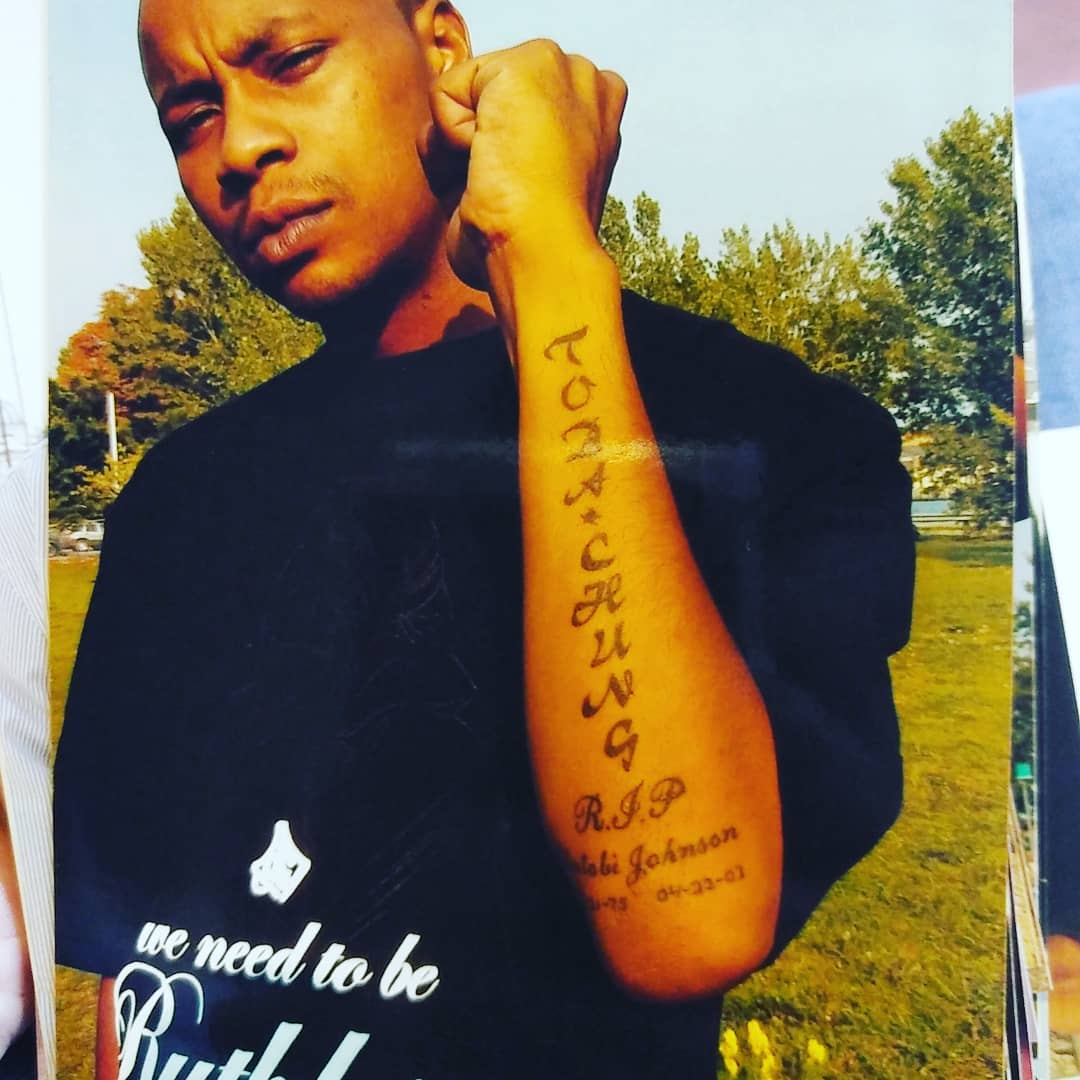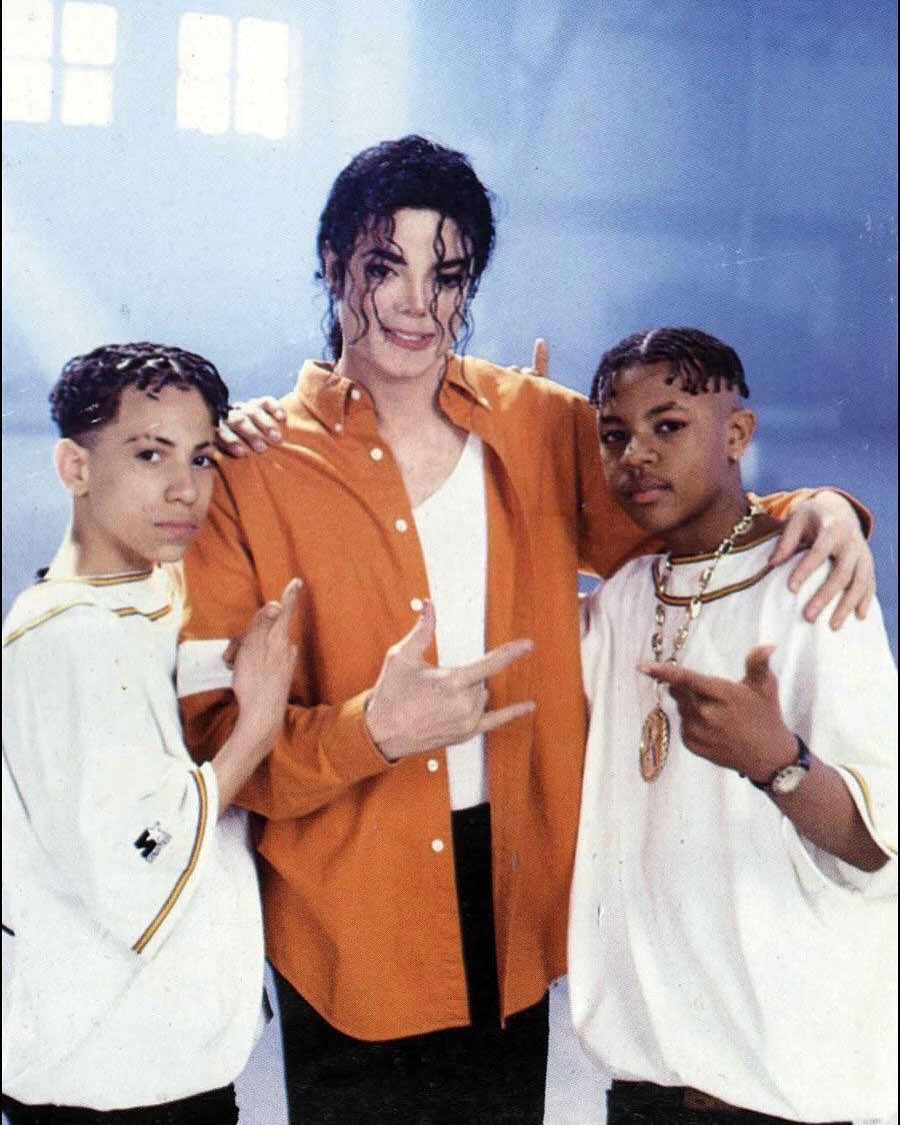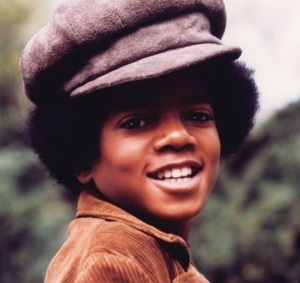GCP’s JB: The Wu-Tang of Canada & Toronto Hip Hop History
Toronto’s hip hop story has always been shaped by neighbourhood crews, raw passion, and innovators who built the culture block by block. Among the foundational forces that helped carve out Toronto’s early rap identity was GCP, a movement born inside Flemingdon Park, one of the largest housing projects in North America.
As Hip Hop History Month continues, Toronto rapper JB, a core member of GCP, sat down with WWETV to reflect on the crew’s legacy, their historic accomplishments, and a chance encounter with two future icons—Jay-Z and Kid Capri—that changed his outlook forever.
GCP: The Fly B-Boys From Flemingdon Park
Before JB ever started making music, GCP already existed as a respected B-boy collective in the neighbourhood.
“GCP was started before I was even involved. It was a crew of B-boys from Flemingdon Park… the older guys, the fly guys in the park.”
He compares them to the neighbourhood legends you’d see in places like New York—the guys with the fresh MCMs, Troop jackets, Ballys, and the kind of presence young kids gravitated toward.
Toronto in those days had two cultural lanes:
-
The “Roots Man” lane — mostly West Indian youth still loyal to reggae and not fully embracing hip hop.
-
The B-boy / GCP lane — repping hip hop, style, dance culture, and the early sounds shaping Toronto’s identity.
GCP was the centre of that second lane.
View this post on Instagram
“The Wu-Tang of Canada”: A Massive, Independent Movement
One of the boldest ways JB describes the group is by comparing them to one of hip hop’s greatest collectives.
“We were considered like the Wu-Tang of Canada… On the first album we had 29 guys on the album, 24 songs. And we did it real easy and we did it with no help—all independent.”
That scale alone was unheard of in Canadian hip hop at the time. But what truly set GCP apart was their business innovation and willingness to break industry rules.
Pioneers of P&D Deals in Canadian Hip Hop
JB highlights a game-changing move:
“We were the first ones to get P&D agreements, and that opened the door for all the other independent acts to follow. Before that, you had to be signed with a major label—there was no other way.”
GCP secured a Pressing & Distribution (P&D) deal through Nuff Entertainment, a company known mainly for reggae and calypso releases. This was revolutionary.
-
It put GCP albums into every major retail chain in the country.
-
It bypassed the need for major label gatekeepers.
-
It proved that street-born hip hop crews could reach national shelves independently.
“We were in every HMV, Sam the Record Man, and Music World across Canada.”
This independence, scale, and raw authenticity is what earned GCP their “Wu-Tang of Canada” comparison.
Their style, their presence, and their success helped open doors for future Toronto acts—long before Drake, long before the industry spotlight turned toward the city.
From the Park to Record Stores & RapCity
GCP’s momentum pushed beyond the neighbourhood as their music reached:
-
Local record stores across the GTA
-
MuchMusic’s RapCity, the biggest hip hop platform in the country
For Toronto artists, RapCity wasn’t just exposure—it was legitimacy. Having videos or interviews on the show put you in the national hip hop conversation, alongside American acts dominating the airwaves.
GCP’s presence there marked an important chapter in Canadian hip hop development.
Sharing a Room With Jay-Z & Kid Capri: A Teenage Wake-Up Call
One of JB’s most memorable experiences came unexpectedly. As a teen—just 15 or 16 years old—he found himself in the same room as Jay-Z and legendary DJ Kid Capri.
He didn’t meet them, but he witnessed something that shaped his entire perspective.
“We were all in the same room. Jay-Z was just standing at the DJ booth with Kid Capri. No security anywhere. Just a Holiday Inn on King Street… an open room.”
This was before Jay-Z became the global icon he is today. Seeing him casually interacting in such a humble setting left a deep impression on JB.
“Seeing that and then seeing how he was perceived afterwards on radio and mixtapes… it made me know that everything is real and anything could be possible.”
It was the moment that made JB understand that legends start as ordinary people—and that Toronto artists could reach those heights too.
GCP’s Place in Toronto Hip Hop History
GCP’s story represents a critical period in the development of Canadian hip hop:
-
A massive, independent collective that operated like a northern Wu-Tang Clan.
-
Pioneers of P&D distribution, opening doors for future indie artists.
-
Early Toronto representation on RapCity, helping shape national hip hop identity.
-
A crew that influenced fashion, language, mentality, and street culture in Toronto.
-
A movement birthed in Flemingdon Park, but felt across the entire country.
As JB reflects, the crew didn’t just participate in the culture—they pushed it forward.
Why This Story Matters for Hip Hop History Month
Hip Hop History Month is about recognizing the builders, the innovators, and the regional movements that shaped the culture beyond the mainstream spotlight.
GCP:
-
Broke industry barriers
-
Shifted cultural identity inside Toronto
-
Showed the power of independent unity
-
Inspired generations that followed
JB’s personal story—watching the older B-boys in the park, seeing his crew reach national TV, standing in the same room as Jay-Z—is a powerful example of how hip hop dreams are formed and realized.
Toronto’s hip hop history is deeper than most people know. And GCP stands among the crews who laid the foundation.
Share this content:














Post Comment